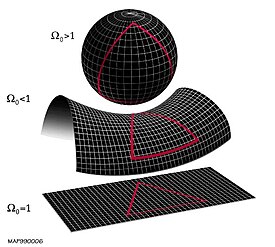This observatory is based on the theory of Gravitational Waves that are emitted from objects when they move or change in mass similar to that of a magnetic field, such that the change creates a wave propagating through space. All objects release such gravitational waves, and these waves warp space-time in the perpendicular direction of it's propagation, stretching and compressing space-time like a sine function. However, these distortions are very very tiny, on magnitudes smaller then the size of a proton, and so are very difficult to detect. That's where LIGO steps in, they set up two very precise lasers that go in perpendicular directions and reflect off a mirror then back to a detector. The premise is so that while in one direction space-time would be stretched, and the other it would be compressed so the two lasers don't hit the detector at the same time like they should and as the wave moves the change in the interference pattern of the lasers should coincide with the gravity wave. Thus they would be able to detect it and learn more about the universe.
LIGO has two 4 km long vacuum tubes for the lasers to travel down, with the expansive distance needed to detect smaller waves, and the distances known have to be precise and insulated against movement such as an earthquake. The picture above shows the one in Louisiana and the building shown is where the lasers are fired from and come back to be detected. In 2008 a project was started to increase the sensitivity of LIGO so that it should be able to detect farther objects, and weaker objects that are closer, they expect this upgrade to be done by 2014. This is a very fascinating observatory and concept, however personally I do see a bit of a problem. While the idea seems sound, I wonder if the waves come in at intervals to where the time it takes the laser to go out it contracts, but then on the way back it has expanded so that both lasers get back at the same time still and thus show no wave. I do not know the math used to do the calculations, but seems this could be a problem if not adjusted for, and I'm not sure if it is a concern or not, but was a question hopefully addressed. Nevertheless this type of observation and detection should open a new depth of information about the universe and what's in it.





